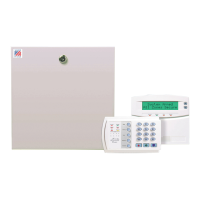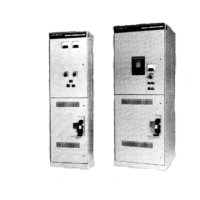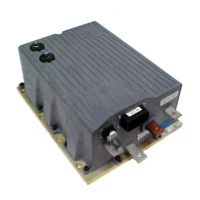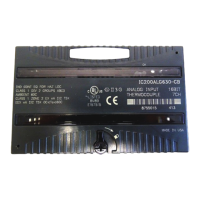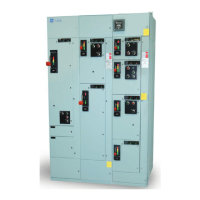2 THERMAL OVERLOAD PROTECTION
For the thermal overload protection function to operate correctly, the circuit breaker must be closed and its
associated closing signal 52a r
ecognized by the relay.
2.1 THERMAL OVERLOAD PROTECTION
Introduction
O
verloads can result in stator temperature rises which exceed the thermal limit of the winding insulation. Studies
suggest that the life of insulation is approximately halved for each 10C rise in temperature above the rated value.
The life of insulation is not wholly dependent on the rise in temperature, but on the time the insulation is
maintained at this elevated temperature. Due to the relatively large heat storage capacity of an induction motor,
infrequent overloads of short duration should not damage the machine. However, sustained overloads of a few per
cent can result in premature ageing and failure of insulation.
The physical and electrical complexity of motor construction, their diverse applications, variety of possible
abnormal operating conditions and the different modes of failure that may occur, result in a complex thermal
relationship. Therefore, it is not possible to create an accurate mathematical model of the true thermal
characteristics of the machine.
However, if a motor is considered to be a homogeneous body, developing heat internally at a constant rate and
dissipating heat at a rate directly proportional to its temperature rise, you can see that the temperature at any
instant is given by:
T = T
max
(1 – e
-t/
)
Where:
T
max
= Final steady state temperature,
= Heating time constant.
This assumes a thermal equilibrium in the form:
Heat developed = Heat stored + Heat dissipated
Temperature rise is proportional to the current squared:
T = KI
R
2
(1 – e
-t/
)
Where:
I
R
= That current, which when left to flow continuously, would produce a temperature T
max
, in the motor.
For an overload current 'I', the temperature is given by:
T = KI
2
(1 – e
-t/
)
For a motor not to exceed the rated temperature, the time 't' for which the motor can withstand the current 'I' can
be shown to be given by:
t = Ln [1/{1-(I
R
/I)
2
}]
An overload protection element should therefore satisfy the above relationship. The value of I
R
may be the full load
motor current or a percentage of it, depending on the motor design.
It is an oversimplification to regard a motor as a homogeneous body. The temperature rise of different parts, or
even of various points in the same part, can be very uneven. However, it is reasonable to consider the current-time
relationship follows an inverse fashion.
Chapter 6 - Current Protection Functions P24xM
74 P24xM-TM-EN-2.1

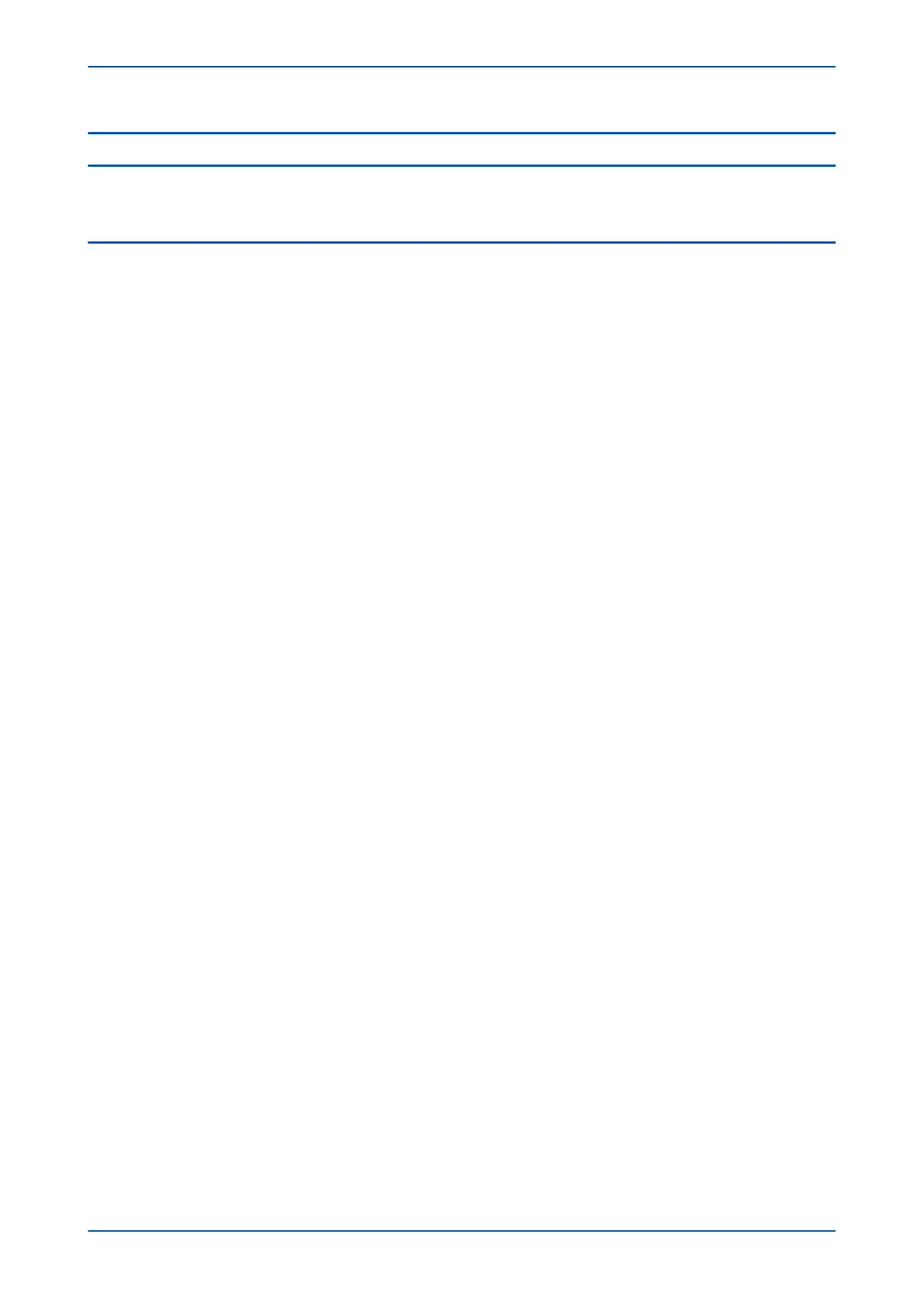